Introduction
In today’s global fashion landscape, head scarves are more than just accessories—they are statements of style, culture, and identity. From the runways of Paris to the modest fashion markets of the Middle East and Southeast Asia, personalized scarves are becoming a coveted product category.
There are several reasons why custom head scarves have found a firm place in both mainstream and niche fashion markets:
- Customization: Consumers are increasingly looking for products that reflect their personality. From monograms to meaningful prints, customized scarves allow wearers to make a personal statement.
- Cultural Relevance: Scarves hold religious and traditional significance in many cultures, particularly as hijabs or ceremonial wear. This makes them meaningful beyond aesthetics.
- Functionality & Versatility: A scarf can serve many purposes—headwear, neckwear, fashion wrap, or even a face covering—making it a staple in wardrobes around the world.
Table of Contents
And now, with Print-on-Demand (POD) technology, entrepreneurs and designers can launch their own scarf brand without needing to invest in inventory or large production batches. POD providers handle printing, packing, and shipping—leaving you free to focus on design, branding, and customer engagement.
Let’s walk through everything you need to know to start your custom scarf business—from choosing fabrics to marketing your designs effectively.
1. Choosing the Best POD Platform for Head Scarves
The first step in launching your scarf business is finding the right print-on-demand partner. Not all POD platforms are created equal—especially when it comes to specialty items like scarves.
Recommended POD Platforms for Head Scarves
Here are some of the most reliable POD providers that offer high-quality scarf printing:
Printify
Offers cost-effective options like satin and silk-like polyester scarves. Integrates smoothly with Shopify and Etsy.
Contrado
Ideal for premium brands. Offers real silk, cotton, and modal scarves with options for hand-stitched edges. Excellent print resolution and fabric feel.
Redbubble and Zazzle
Well-suited for artistic designs. These marketplaces have a strong international presence and built-in customer bases. However, brand customization options may be limited.
Art of Where
Based in Canada, this platform offers exceptional quality silk charmeuse and crepe scarves. Known for attention to detail and professional finishes.
RDD Textiles
A great option for fashion designers or established brands seeking screen-printed, luxury scarves. This provider supports high-end bulk production.
What to Look for in a POD Platform
When selecting a provider, consider the following features carefully:
- Fabric Choices: Does the platform offer materials like silk, satin, cotton, modal, chiffon, or crepe?
- Print Quality: Digital printing provides sharp detail and color accuracy. Screen printing offers deeper colors but may be costlier.
- Scarf Sizes: Look for platforms that support multiple dimensions, including square (e.g., 36×36 inches), long rectangular scarves, or hijab-friendly sizes.
- Integration with eCommerce: Choose a provider that integrates with Shopify, WooCommerce, Etsy, or other marketplaces to automate order fulfillment.
- Global Shipping Support: If you plan to sell internationally, ensure your provider ships to multiple countries affordably and reliably.
2. Designing Your Personalized head scarf
Creating attractive, unique scarf designs is the heart of your business. Customers are drawn to scarves for their prints and how they reflect personality, culture, or mood.
Selecting Scarf Styles and Fabrics
Different fabrics appeal to different audiences. Choose based on your brand identity and customer preferences.
- Silk and Satin: Known for their luxurious feel and vibrant color reflection. Ideal for premium collections or occasion wear.
- Modal and Cotton: Soft, breathable, and durable. These fabrics are perfect for daily wear and appeal to modest fashion consumers.
- Chiffon and Crepe: Lightweight and flowy. These are often chosen for summer collections or airy, feminine looks.
Creating Unique Scarf Designs
Effective scarf design balances artistic creativity with market demand. Here are some popular design directions:
- Floral, Geometric, or Abstract Prints: Universally appealing and suitable for every season.
- Cultural or Ethnic Motifs: Patterns inspired by Islamic art, African wax prints, Indian paisleys, or Mediterranean tiles can connect with specific audiences.
- Typography and Quotes: Inspirational quotes or single-word affirmations (like “Peace,” “Grace,” or “Empowered”) add personal meaning.
- Seasonal Collections: Designs inspired by holidays, seasons, or events—like Ramadan/Eid, Christmas, or summer vacation—encourage timely purchases.
Design Tools to Use
- Canva: Ideal for beginners. Offers pre-made templates and easy layering tools.
- Adobe Illustrator: Perfect for professionals creating vector-based, print-ready artwork.
- AI Pattern Generators: Tools like Midjourney and DALL·E can generate unique textures and design elements, helping you stand out.
Offering Personalization Options
Personalization significantly increases perceived value. Here are options to consider:
- Custom Text: Let buyers add names, initials, or special dates.
- Color Variants: Offer multiple background or border color options.
- Exclusive Designs: Create limited-time collections or numbered pieces to drive scarcity and urgency.
Mockups and Quality Checks
Always preview your designs using the POD platform’s mockup tools. Place your patterns on model images and ensure the scarf drapes naturally. Before launch, order physical samples to test print clarity, stitching quality, and fabric texture.
3. Setting Up Your Online Store
| Setup Step | Details | Recommended Tools / Platforms |
|---|---|---|
| Choose a Store Platform | Select an eCommerce builder with customization and POD integration | Shopify, WooCommerce, Wix, Etsy |
| Pick a Niche & Style | Define your target audience: boho, fitness, hijab, fashion-forward, etc. | Market research via Google Trends, Pinterest, Instagram |
| Design Your Scarves | Upload custom patterns, logos, or allow user personalization | Canva, Adobe Illustrator, Printful Design Maker |
| Integrate Print-on-Demand | Automatically fulfill orders with on-demand printing | Printful, Printify, Gelato |
| Set Up Product Pages | Use high-quality mockups, detailed descriptions, and size charts | Smart Mockups, Placeit, Custom Templates |
| Configure Payments & Shipping | Add secure checkout and flexible delivery options | Stripe, PayPal, Shippo, Easyship |
| Optimize for Mobile | Ensure the site looks and works well on all devices | Use mobile-responsive themes and test on various devices |
| Add SEO & Blog Content | Target long-tail keywords like “custom head scarf for women” | Yoast SEO, RankMath, Ubersuggest |
| Promote on Social Media | Launch with influencer outreach, hashtags, and ads | Instagram, TikTok, Facebook Ads, Pinterest |
| Track Performance | Monitor traffic, conversions, and customer behavior | Google Analytics, Meta Pixel, Hotjar |
Your store is the face of your brand. Whether you’re selling on your own website or through a marketplace, presentation and usability are key.
Choosing an E-Commerce Platform
- Shopify: Offers powerful tools, integrations with major POD providers, and full control over branding and design.
- Etsy: Ideal for handmade and custom product audiences. Easier to set up but more competitive and fee-based.
- WooCommerce: Works well if you already have a WordPress website. Offers more flexibility but requires some technical knowledge.
Optimizing Product Listings
To ensure your scarves are discoverable and compelling:
- Use High-Quality Images: Include flat lays, lifestyle shots (scarves styled on models), and short videos showing movement.
- Write Detailed Descriptions: Explain fabric types, care instructions, scarf dimensions, and personalization options.
- SEO Optimization: Include keywords like “custom silk scarf,” “personalized hijab,” “monogram headscarf” in your product titles and meta tags.
- Pricing Strategy: Calculate your POD base cost, shipping, transaction fees, and desired profit. A 50–100% markup is common in this niche.
Offering Customization Tools
If you’re using Shopify, consider integrating apps like:
- Customily
- Product Personalizer
These apps allow real-time previews and easy input of names, initials, or design choices, improving user experience and reducing errors.
4. Production and Fulfillment with POD

Once your store is live, POD takes care of the heavy lifting.
How It Works
- When a customer places an order, the information is automatically sent to your POD partner.
- The item is printed, packed, and shipped on your behalf—often within 2 to 7 business days.
- You receive a tracking number, and the customer is notified when the product ships.
Fulfillment Considerations
- Shipping Times: Choose providers with fulfillment centers near your target audience to minimize delays.
- Packaging: Upgrade to branded packaging if available—tissue paper, logo stickers, or thank-you notes can enhance customer experience.
- Returns and Quality Issues: Make sure your return policy and customer service processes are clearly defined.
5. Marketing Your Personalized Head Scarves
| Marketing Channel | Strategy | Pro Tips |
|---|---|---|
| Instagram & Pinterest | Share styled photos, outfit ideas, and seasonal collections | Use fashion-forward hashtags like #HeadScarfStyle and #CustomAccessories |
| TikTok | Create short videos showing how to style head scarves | Trend with “How-to-Wear” videos and behind-the-scenes design content |
| Email Marketing | Send lookbooks, promotions, and style tips | Segment audience by scarf style preference (e.g., casual, elegant, sporty) |
| Influencer Collabs | Partner with micro-influencers in fashion, fitness, or modest wear niches | Offer free samples + affiliate codes for reach and sales |
| SEO Blogging | Write style guides and scarf care tips | Target keywords like “custom head scarves” and “how to wear a head scarf” |
| Facebook & Google Ads | Run visual ads targeting women, fashion lovers, and travelers | Use lifestyle imagery and value propositions like “Personalized for You” |
| YouTube Shorts | Post 15–60 second scarf styling tutorials | Include clear CTAs and links to your store in the description |
| Product Reviews & UGC | Collect and showcase user reviews with photos | Incentivize reviews with discount codes for future purchases |
| Etsy or Online Store | Highlight custom options and fast delivery | Use SEO-rich titles, attractive photos, and buyer badges |
| Packaging & Gifting | Offer gift-ready packaging and personalization notes | Encourage unboxing shares on social media with branded hashtags |
Once you have products ready, it’s time to drive traffic and generate sales.
Identifying Your Target Audience
Knowing who you’re designing for helps you craft better ads, content, and messaging:
- Fashion Enthusiasts: Look for trendy, colorful scarves that match seasonal fashion.
- Modest Wear Communities: Hijab-wearing women often seek breathable, beautiful, and respectful designs.
- Bridal and Gift Shoppers: Monogrammed scarves make great bridesmaid gifts or wedding favors.
- Frequent Travelers: Scarves are compact and multifunctional—perfect for stylish globetrotters.
Marketing Strategies That Work
Social Media Marketing
- Use Instagram to share design stories, scarf-styling tutorials, and behind-the-scenes processes.
- Create Pinterest boards featuring different ways to wear scarves, with searchable titles like “How to Tie a Silk Scarf” or “Personalized Ramadan Hijabs”.
Influencer Marketing
Partner with micro-influencers in the fashion, travel, or modest wear niche. They can showcase your scarves authentically to loyal followers.
Paid Advertising
- Run Google Ads targeting search terms like “custom head scarf,” “embroidered hijab,” or “monogram silk wrap.”
- Use Meta Ads (Facebook/Instagram) to reach interest-based audiences.
Email and SMS Campaigns
Collect emails through your website and offer first-order discounts. Use this list to announce:
- New product launches
- Holiday collections
- Limited-edition designs
- Flash sales
Trending Opportunities
Tap into seasonal and cultural trends to stay relevant:
- Ramadan and Eid: Offer Islamic-inspired motifs or elegant evening scarf collections.
- Eco-Friendly Fashion: Launch collections made with organic cotton or low-impact dyes.
- Corporate Gifting: Provide branded scarves for companies looking for premium gifts.
6. Scaling Your Scarf Business
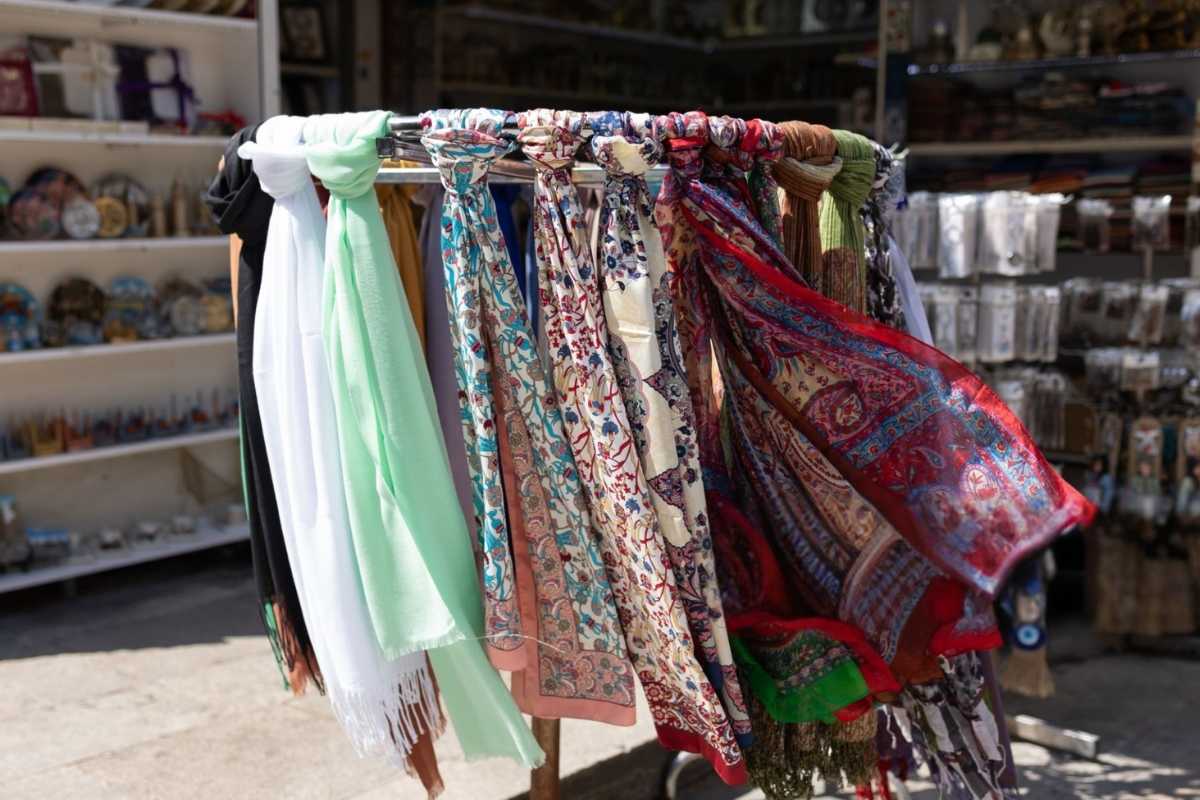
Once you find traction, expand your product offerings and sales channels to increase profitability.
- Add complementary items like bandanas, shawls, scrunchies, or matching face masks.
- Offer bulk order discounts for weddings, organizations, or retailers.
- Open new sales avenues through Amazon Handmade, Instagram Shop, or in-person pop-up events.
- Encourage user-generated content by asking customers to tag your brand in social posts. Share their images to build trust and community.
Conclusion
Building a personalized head scarf business with print-on-demand is a powerful way to blend creativity with commerce. With the right design approach, thoughtful marketing, and a reliable POD partner, you can launch a low-risk, high-reward venture from the comfort of your home.
No sewing machine, warehouse, or big capital investment required. Just imagination, smart choices, and consistent effort.

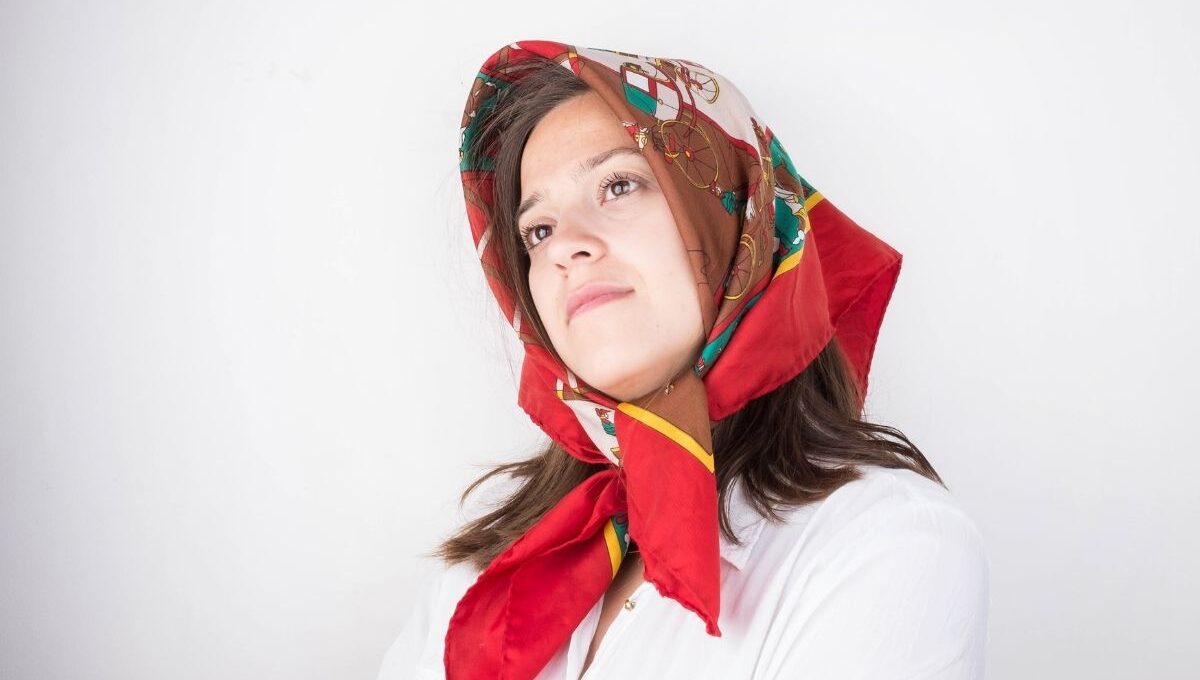
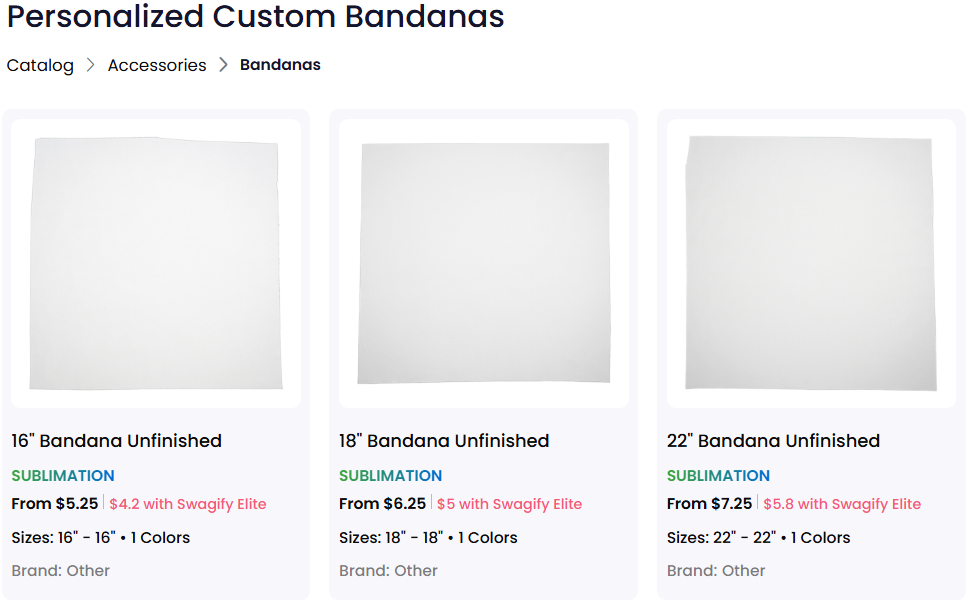
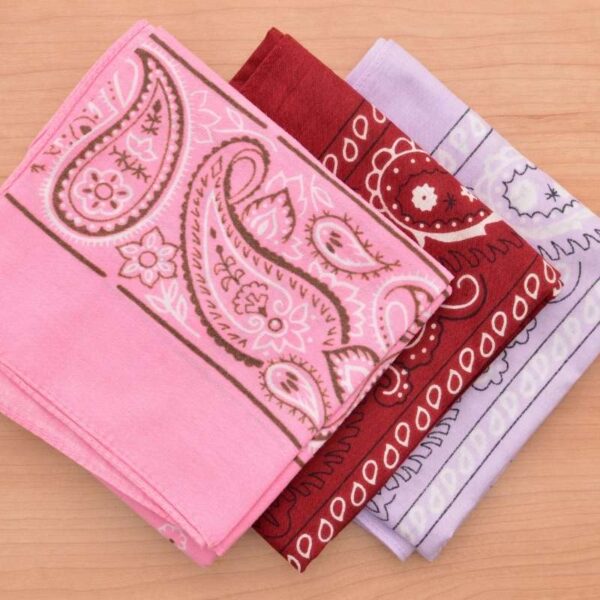
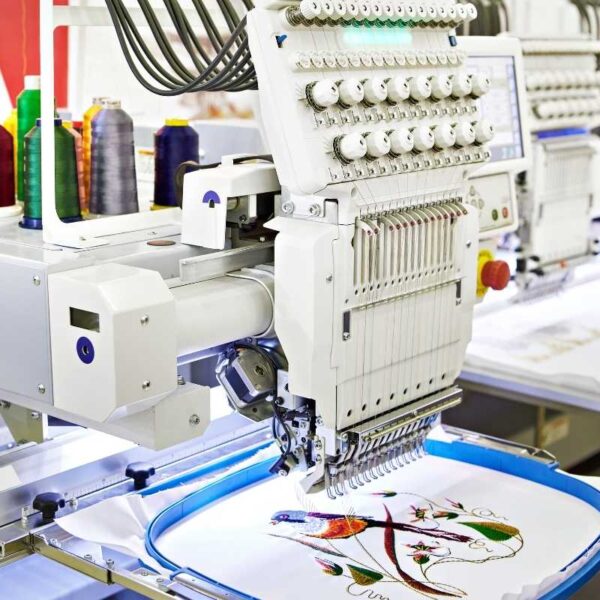
Sign up